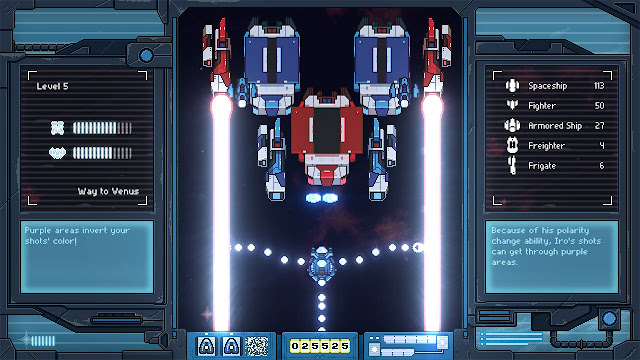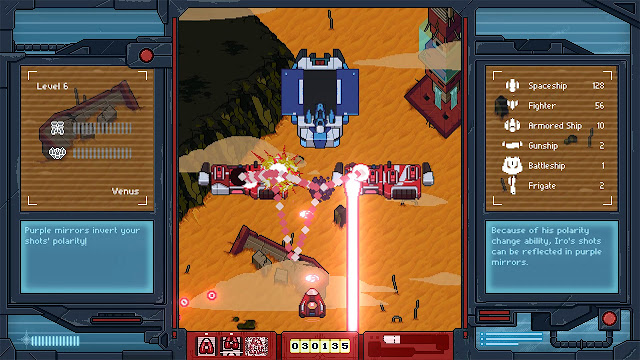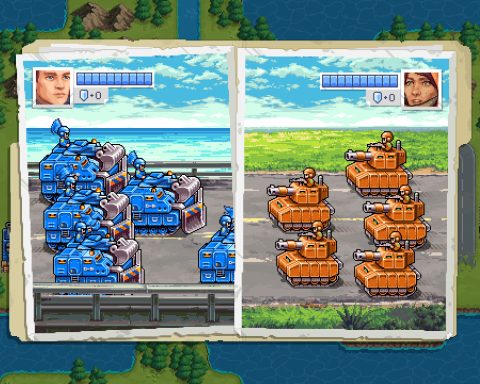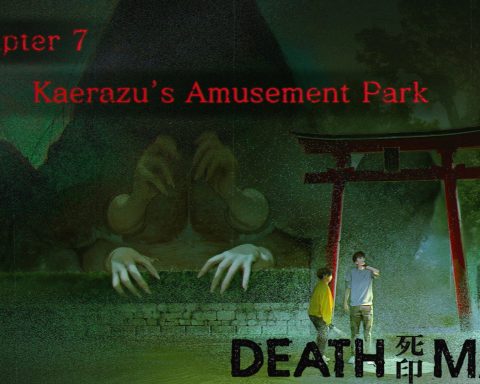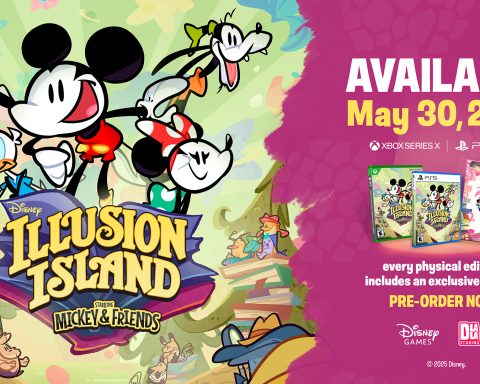Latest Articles
There is a very fine line between homage and something that is just outright theft of…
“Death Mark offers a very uniquely Japanese sense of horror,” DDNet’s Editor-in-Chief Matt begins his 2018…
Game delays are completely normal and acceptable, but after it happens to one game twice I…
Disney Illusion Island first launched for Nintendo Switch about two years ago. The platforming game takes…
Neptunia Riders VS Dogoos has been available for consoles in Japan since last June and for…


